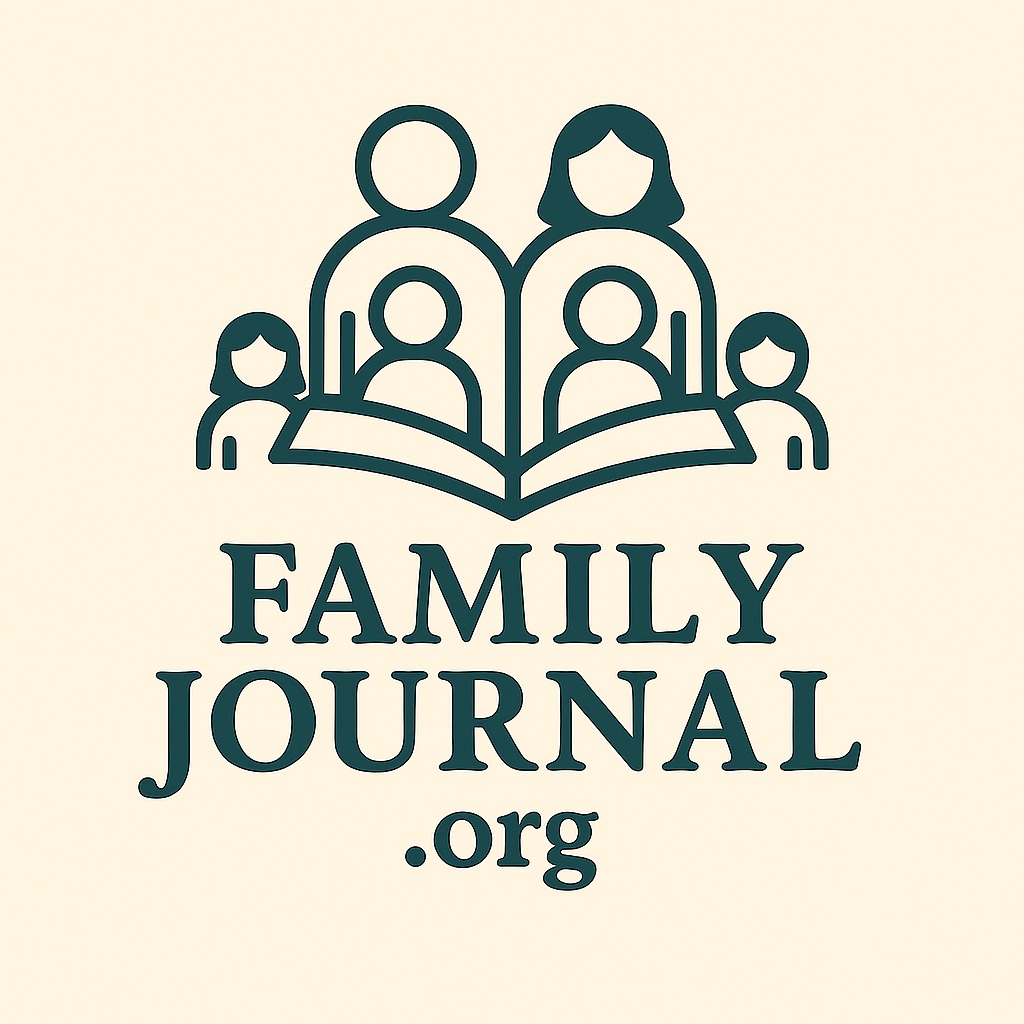
Quote 2502

So what does all this about the Masoretic Text have to do with messianic prophecy? It is significant to messianic prophecy because it has been shown that the Masoretic Text is a post-Christian, Jewish version of the Old Testament. As such, it reflects the theological perspective of post-Christian, rabbinic Judaism. Thus, there are several significant examples of the Masoretic Text interpreting Old Testament messianic texts in a distinctly nonmessianic (or historical) fashion, whereas other ancient versions interpret the same texts as referring to the Messiah.
Michael Rydelnik
The Messianic Hope: Is the Hebrew Bible Really Messianic?Other Quotes from the Author & Topic
While many have considered v. 16 to be a continuation of the prophecy in 7:13–15, the grammar of the passage suggests otherwise. The opening phrase in Hebrew can reflect an adversative nuance, allowing for a disjunction between the child described in 7:13–15 and the one described in verse 16. There is a different child in view in this verse.26 The Identity of the Child. So who is the child in 7:16? In light of Isaiah being directed to bring his own son to the confrontation with the king at the conduit of the upper pool (cf. 7:3), it makes most sense to identify the lad as Shear-Jashub. Otherwise there would be no purpose for God directing Isaiah to bring the boy. Thus having promised the virgin birth of the Messiah (7:13–15), the prophet then points to the very small boy that he has brought along and says, "But before this lad (using the article with a demonstrative force) knows enough to refuse evil and choose good, the land whose two kings you dread will be forsaken."27 In this way, Shear-Jashub functioned as a sign to the king. Appropriately, Isaiah could tell Judah in the very next chapter, "Here I am with the children the LORD has given me to be signs and wonders in Israel from the LORD of Hosts who dwells on Mount Zion" (8:18).The Messianic Hope: Is the Hebrew Bible Really Messianic?
[Isaiah 7] Having completed his long-term prophecy, Isaiah gave a short-term prophecy. In doing so, he followed a frequent pattern in his book. He consistently did this so his readership could have confidence in the distant prediction by observing the fulfillment of the near one.The Messianic Hope: Is the Hebrew Bible Really Messianic?
The discovery of a fragment of the book of Psalms, dated between AD 50–68,46 contains Ps 22:17 and reads, ("they pierced").47 It might be objected that this was a Christian interpolation or contamination. But a Christian interpolation is unlikely because it would have been far too early in Christian history for a Christian corruption to make its way into this text. Moreover, it has strong support from the earlier Septuagintal reading.48 Thus, the oldest extant Hebrew manuscript of Ps 22:17 reinforces the Septuagintal, Syriac, and Vulgate readings, supporting the translation "They pierced my hands and my feet." In this case, it is better to take the more messianic variant reading than the nonmessianic rendering of the Masoretic Text.The Messianic Hope: Is the Hebrew Bible Really Messianic?
The Hebrew word (mashiach) is commonly and accurately translated as "anointed." It is used 39 times in the Hebrew Bible, generally with another noun, such as "the anointed priest." The word also has a technical meaning, commonly translated as "the Messiah" and defined by W. H. Rose as "a future royal figure sent by God who will bring salvation to God's people and the world and establish a kingdom characterized by features such as peace and justice."
The Messianic Hope: Is the Hebrew Bible Really Messianic?
the Masoretic Text is a post-Christian, Jewish version of the Old Testament. As such, it reflects the theological perspective of post-Christian, rabbinic Judaism.The Messianic Hope: Is the Old Testament Really Messianic? (NAC Studies in Bible & Theology) (p. 36).
Top Authors
1. Thomas Watson (166)
2. Charles Spurgeon (135)
3. J.C. Ryle (117)
4. John Calvin (107)
5. J.I. Packer (93)
6. John Piper (87)
7. George Swinnock (80)
8. Thomas Brooks (79)
9. John Flavel (76)
10. A.W. Pink (68)
11. John Owen (68)
12. Louis Berkhof (63)
13. Thomas Manton (60)
14. C.S. Lewis (59)
15. Martyn Lloyd-Jones (58)
16. B.B. Warfield (58)
17. R.C. Sproul (55)
18. William Gurnall (55)
19. Heinrich Bullinger (53)
20. Matthew Henry (51)
2. Charles Spurgeon (135)
3. J.C. Ryle (117)
4. John Calvin (107)
5. J.I. Packer (93)
6. John Piper (87)
7. George Swinnock (80)
8. Thomas Brooks (79)
9. John Flavel (76)
10. A.W. Pink (68)
11. John Owen (68)
12. Louis Berkhof (63)
13. Thomas Manton (60)
14. C.S. Lewis (59)
15. Martyn Lloyd-Jones (58)
16. B.B. Warfield (58)
17. R.C. Sproul (55)
18. William Gurnall (55)
19. Heinrich Bullinger (53)
20. Matthew Henry (51)
Top Topics
1. Sin (216)2. Scripture (152)
3. Prayer (143)
4. Faith (134)
5. Preaching (119)
6. Gospel (111)
7. The Law (108)
8. Suffering (99)
9. Salvation (91)
10. Sabbath (88)
11. Church (85)
12. Christ (82)
13. Grace (73)
14. Law (61)
15. Justification (55)
16. Truth (53)
17. Death (51)
18. Love (46)
19. Heaven (45)
20. Children (43)
21. Creation (43)
22. Theology (43)
23. Holiness (42)
24. Ten Commandments (42)
25. Obedience (40)
26. Contentment (39)
 Special Offer
Special Offer